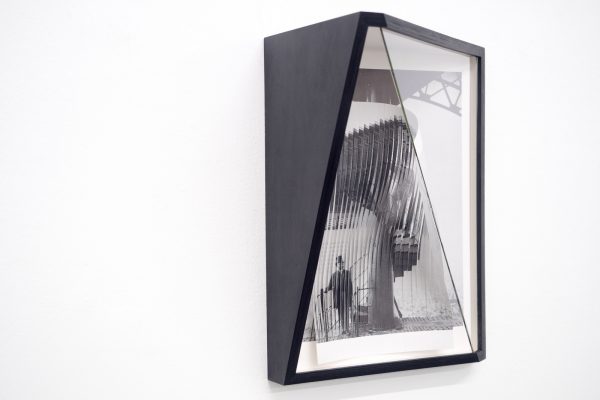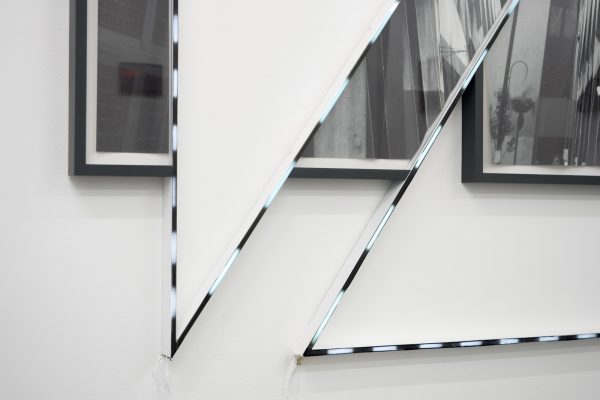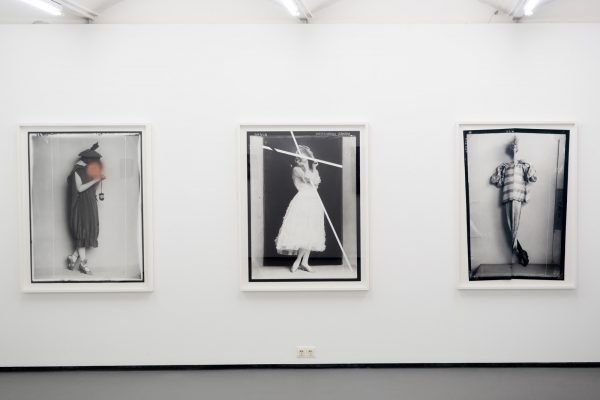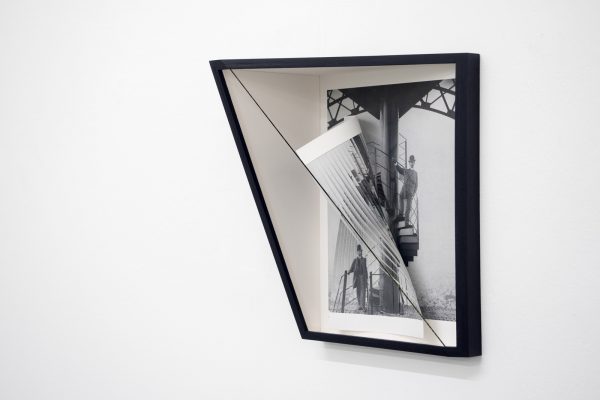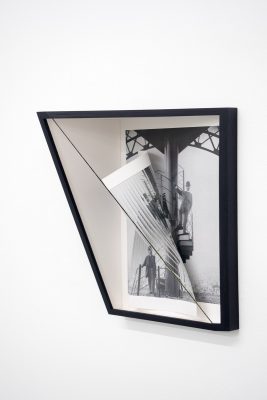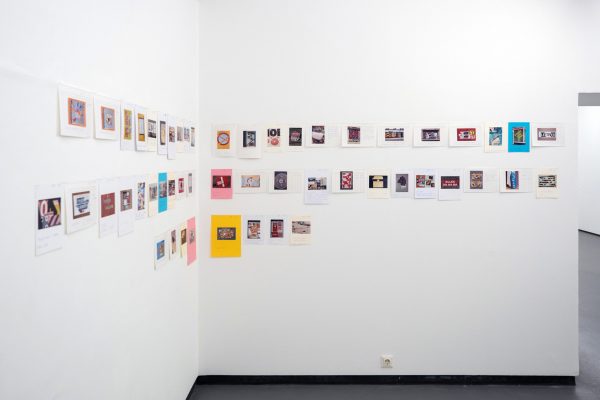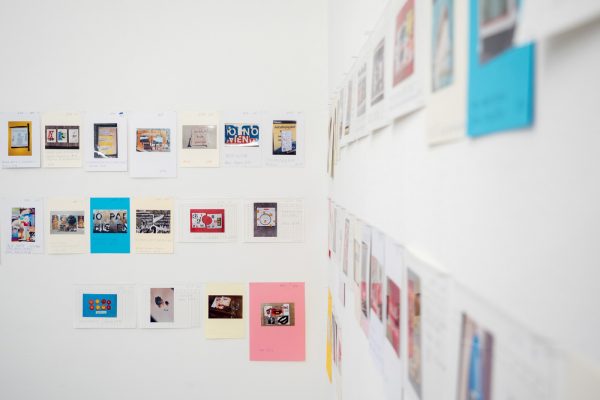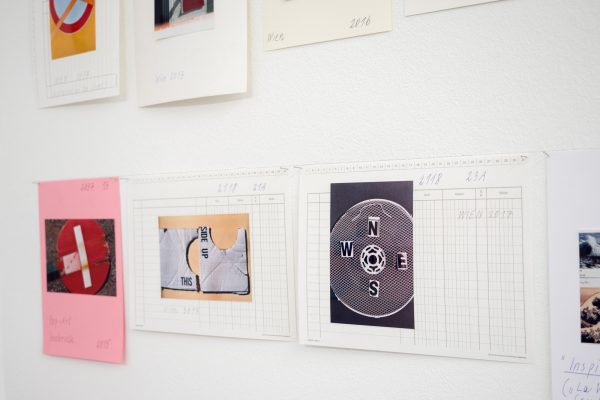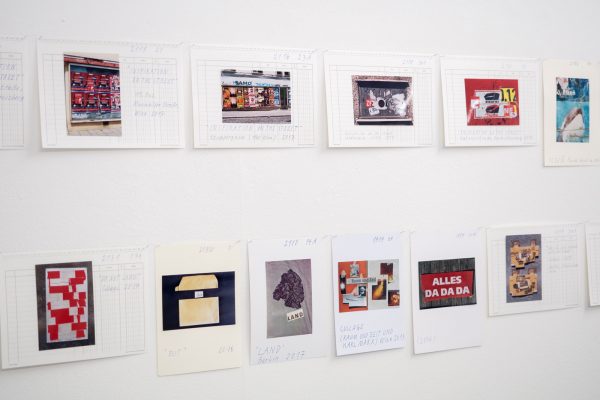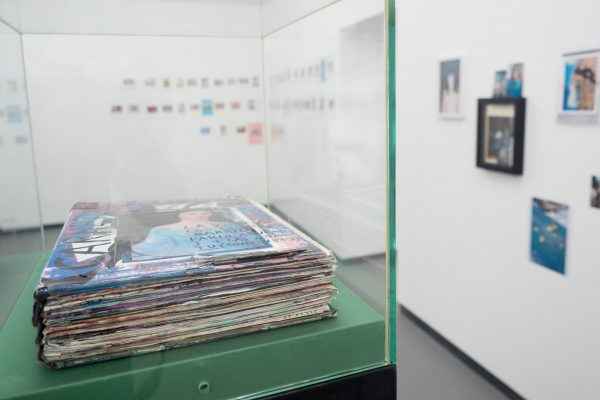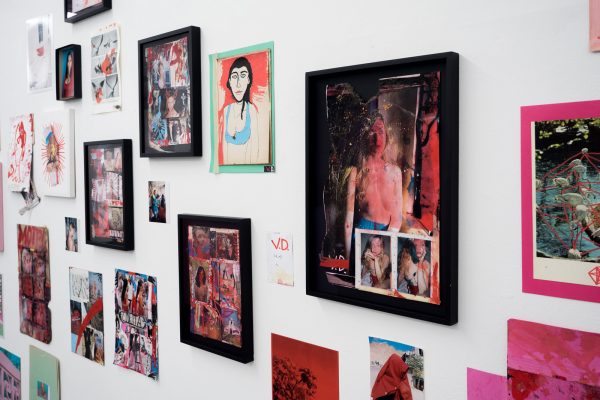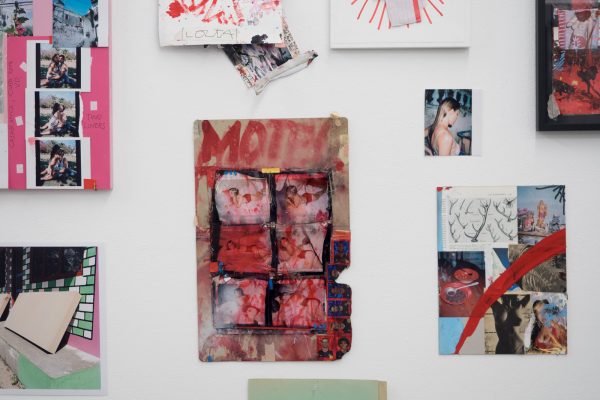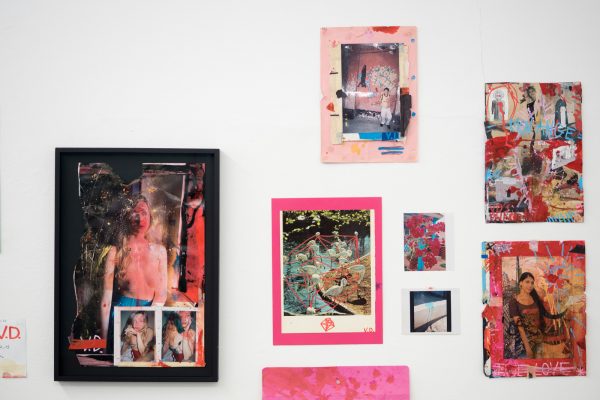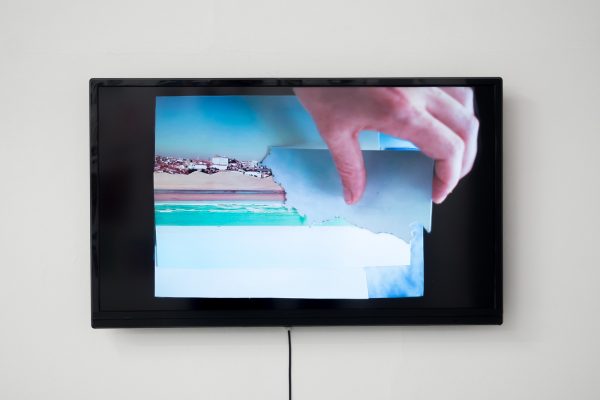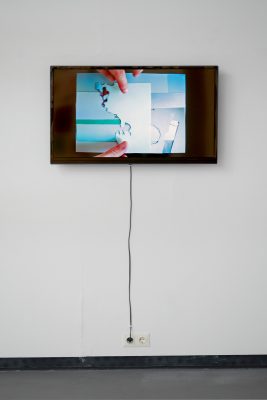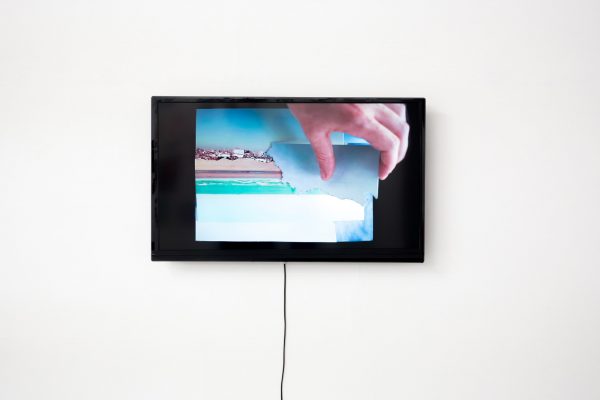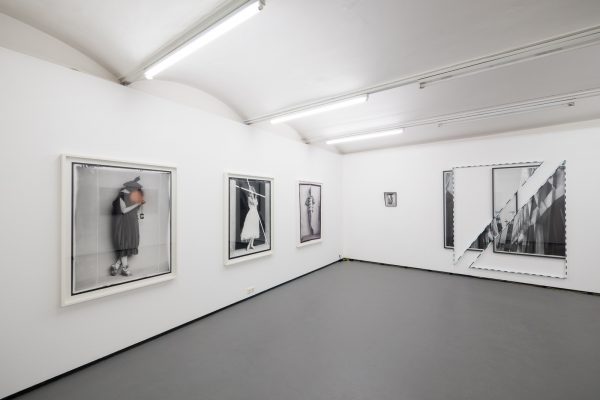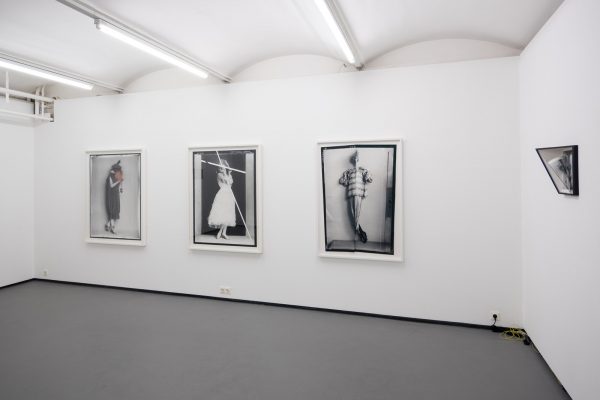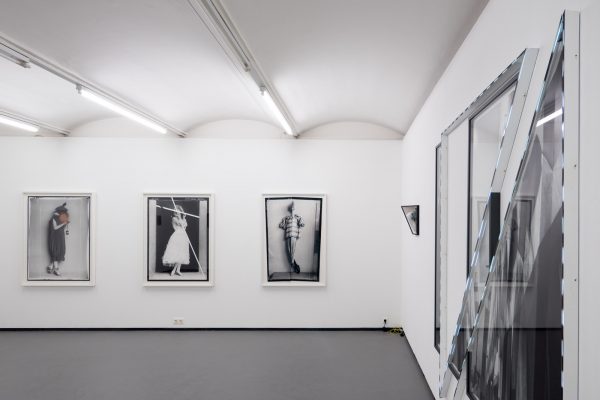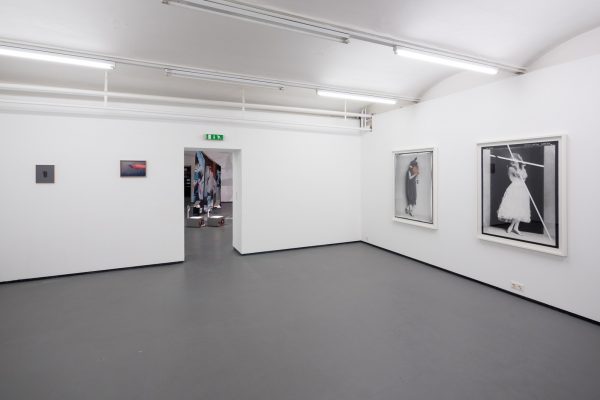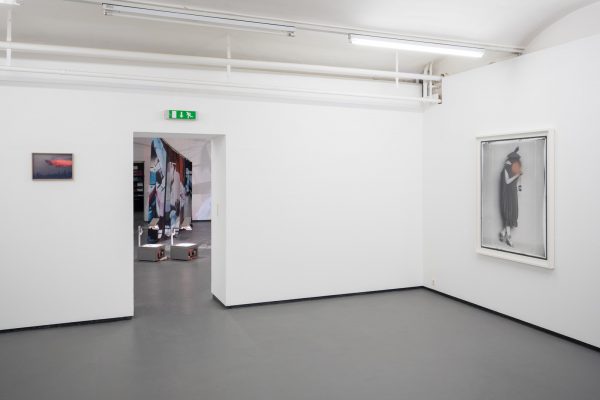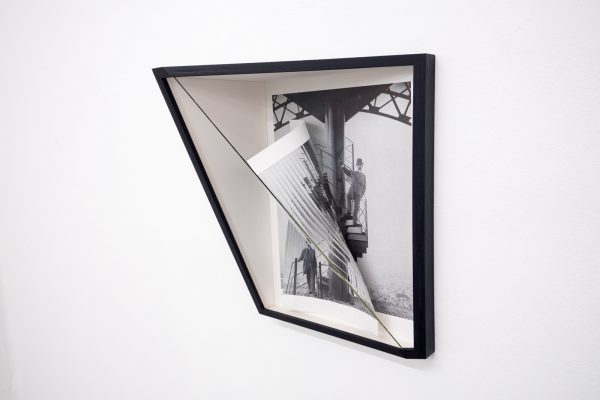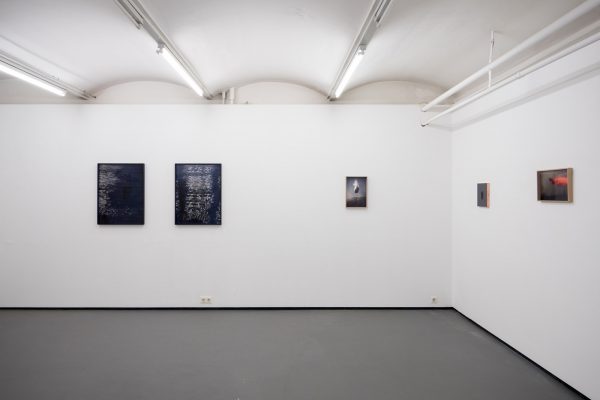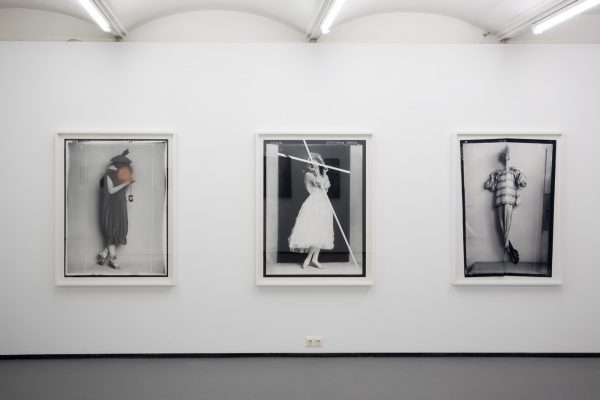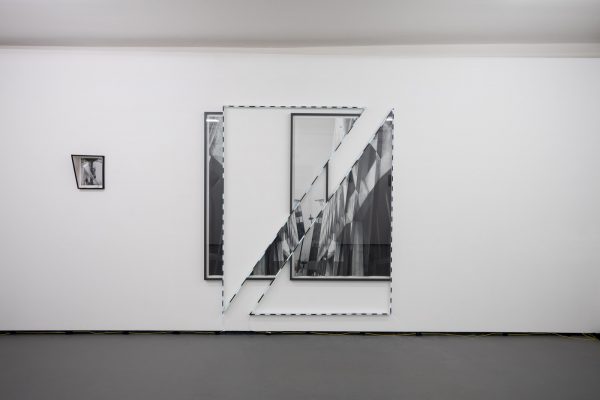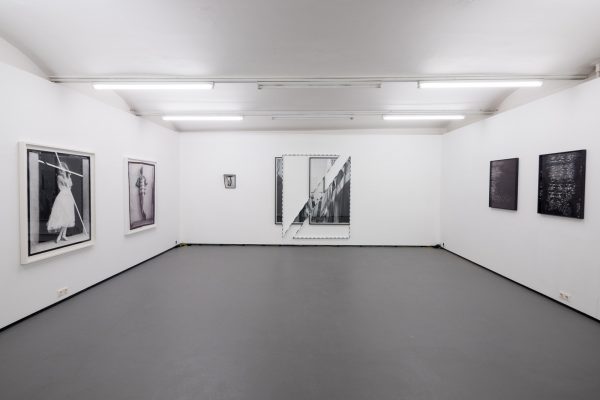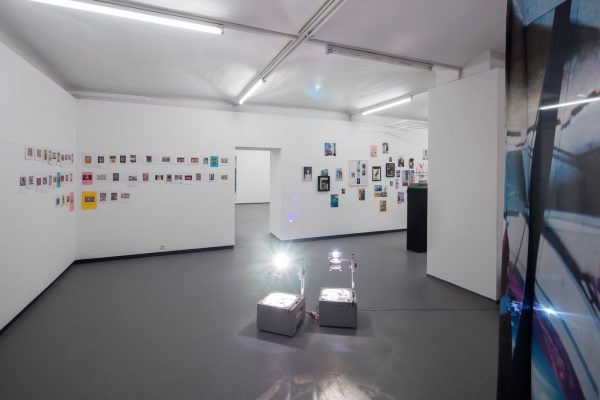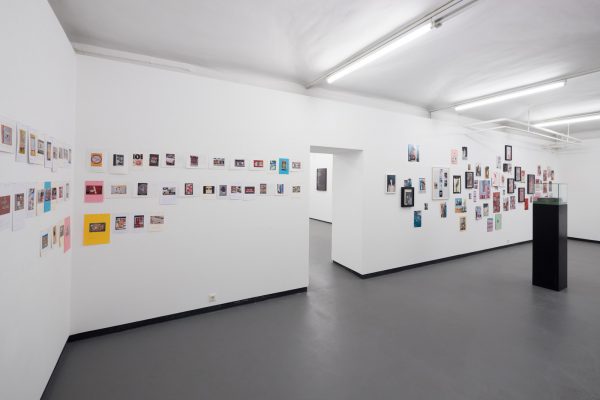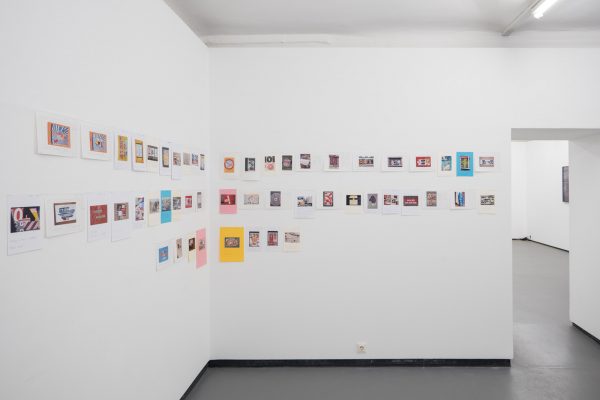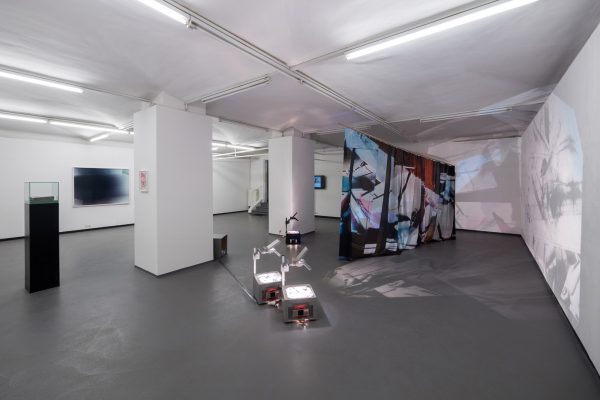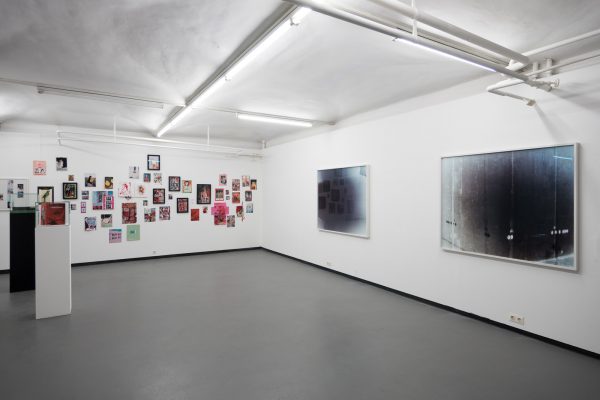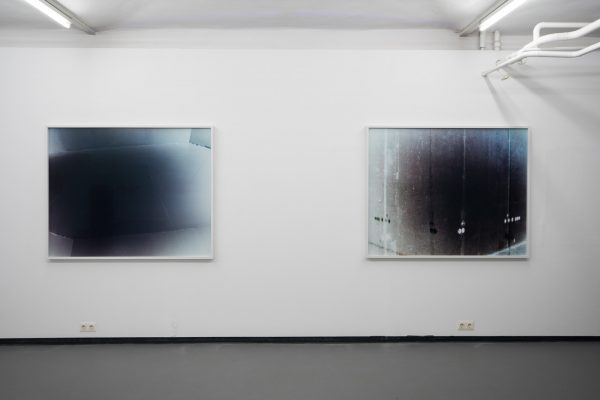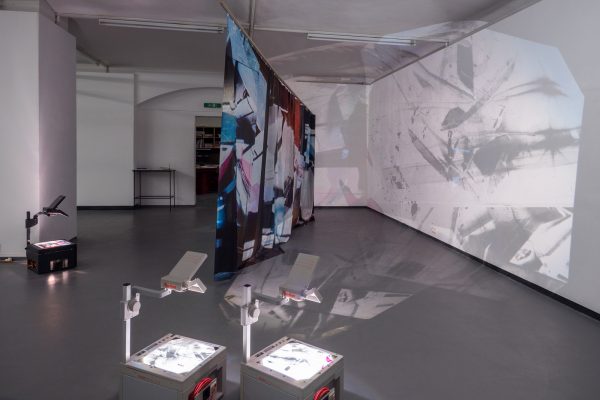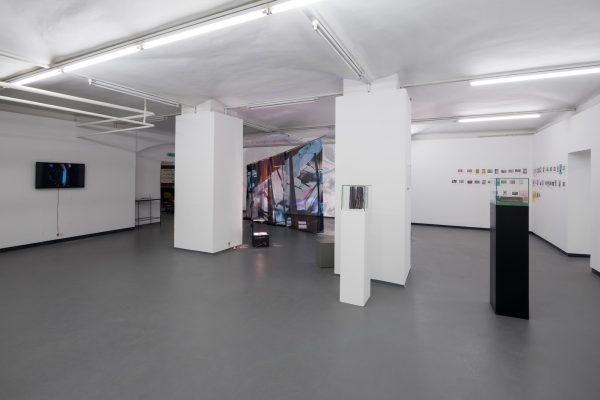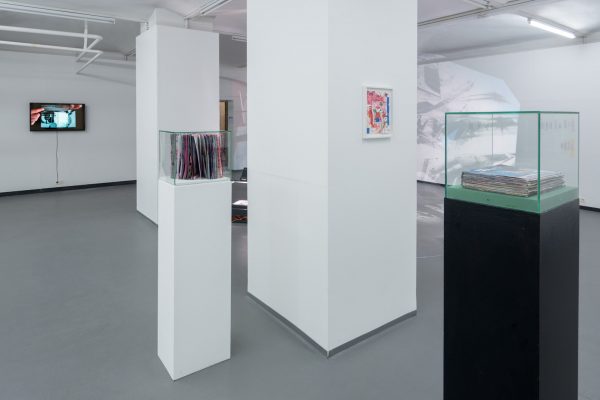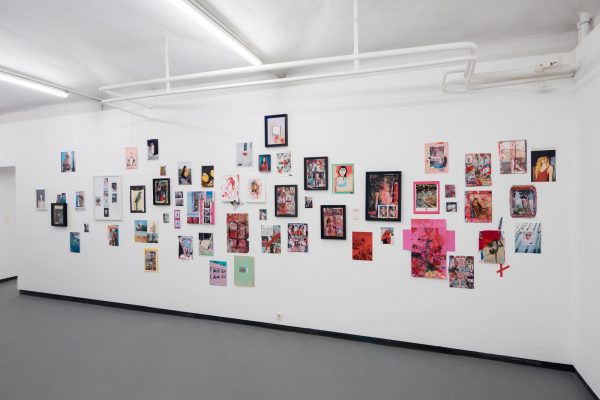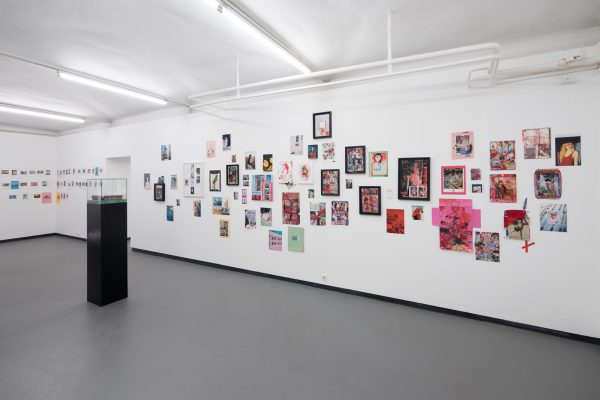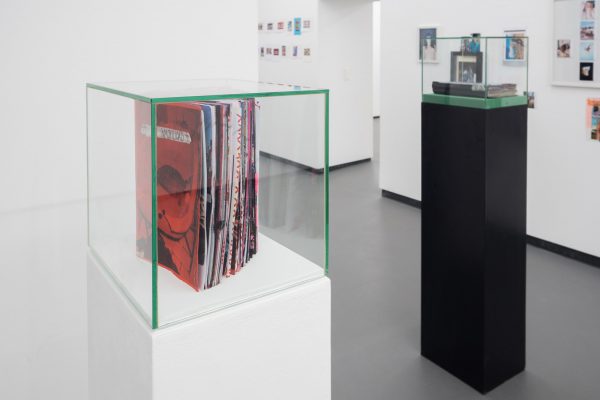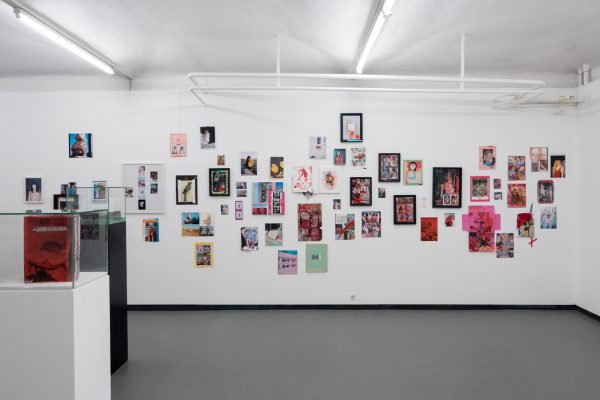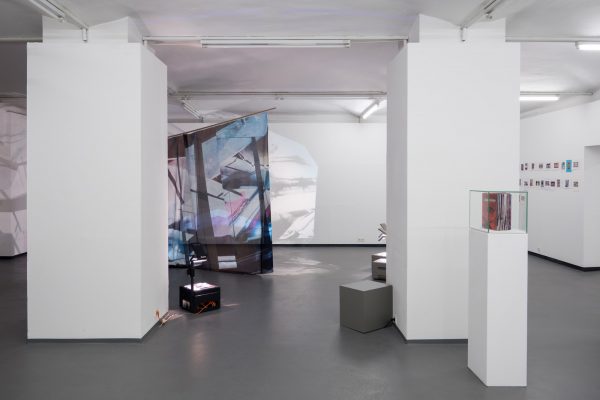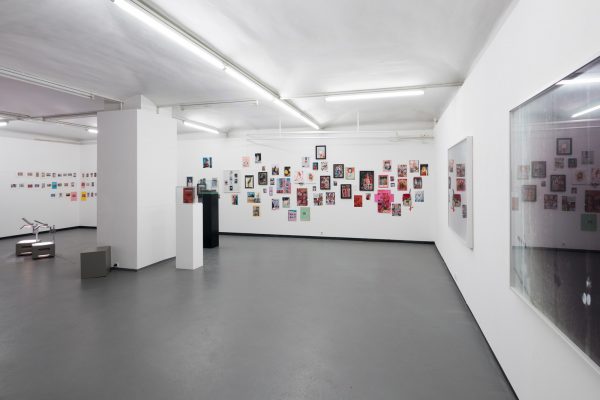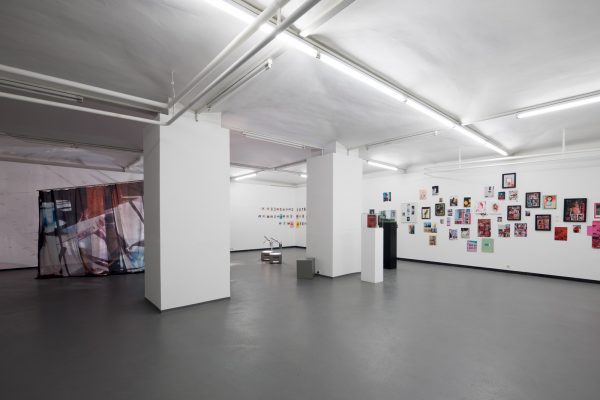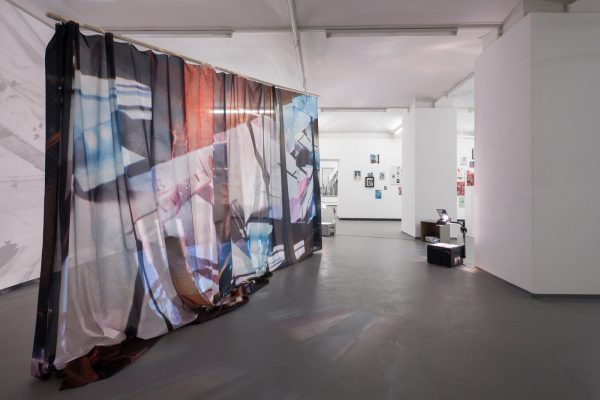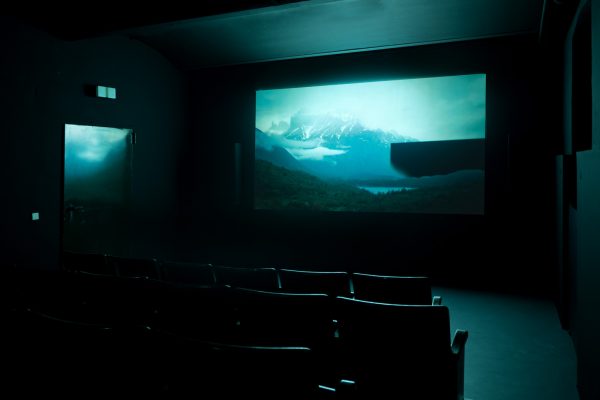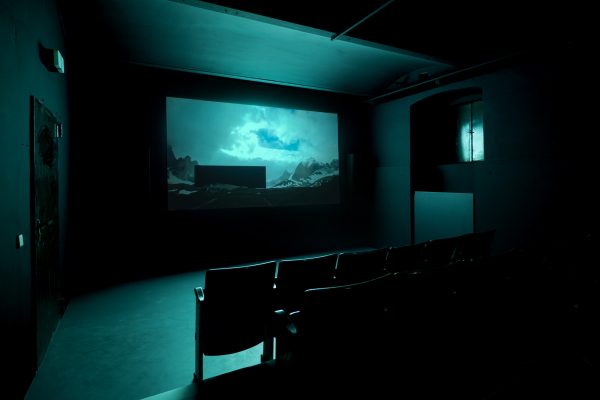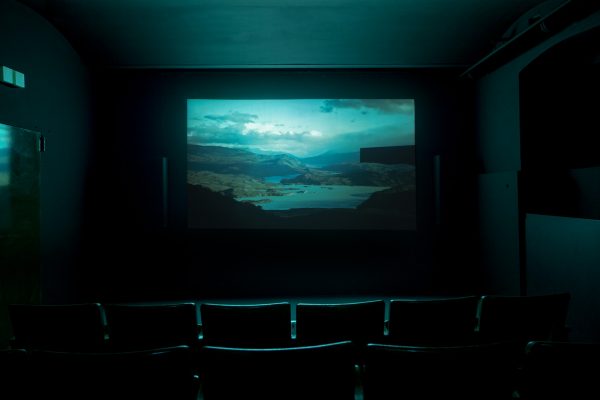Opening: Monday, 4 September, 7 p.m.
Introduction: Katharina Manojlović
sponsored by: BKA Kunst; MA7-Kultur; Cyberlab
cooperation with: Galerie Stieglitz19, Antwerp
Dadaist and poet Tristan Tzara called the invention of the collage the most revolutionary moment in the development of painting and meant by that the fundamental break with established forms of artistic representation that it symbolised. Implicit to the technical processes of what comprises collage — gluing (Fr. coller), scratching, cutting, tearing, folding, mounting, assembling and de-composing etc. is the potential for radicality. While the papiers collés of the Cubists drew their sustenance from used, discarded and apparently banal sources, we are surrounded today with multiply reproduced, re-formatted and re-edited copies of constantly accumulating digital debris. The current focus of the FOTOGALERIE WIEN will present four exhibitions and includes a wide spectrum of methods and processes used in collage in contemporary photo and video art. This renders the narrative and autopoietic strengths of this art form visible along with its innovatory energy as one of its fundamental and most evident characteristics, especially in relation to new technologies or spatial and sculptural expansions. The drift of the images is also always guided by energies that are anarchistic, driven by chance and play.
The first exhibition is dedicated to collage as an artistic method. Its consistent use is characteristic of the work of the participating artists. What do the collisions and layers of fragmentary images mean for our perception? How do interventions to the underlying materiality of the picture effect its contents? In the works that are being shown media-specific qualities of photography are taken to the extreme, principles of order and ways of handling pictures, user interfaces and archives are disclosed. Operations such as translation and abstraction are central here: over-painting and scoring of the photographic images distance them from their reproducibility; in-built picture interference subverts effects that the photographic medium itself generates, its indexicality and transparency, for example. The installation of various material and mediums as multi-perspective assemblages, not only expand the generally accepted notion of the photographic materiality but also its presentational form: the work and its surroundings begin to subvert one another; as viewers we become a part of events.
In Astrid Busch’s contribution to the exhibition, an excerpt from the installation all colors agree in the dark, different elements and light projections overlap to form a multimedia production that enters into a dialogue with the exhibition architecture and enables viewers access to new spaces. Light and its meaning for our perception of space, form and colour lies at the core. For her collages Busch arranges various materials including set pieces from art and everyday life to illuminated assemblages which she then images photographically. It is this writing with light that unfolds immersive qualities while reflecting on the staging of art at the same time.
Vincent Delbrouck’s wildly colourful, seemingly anarchistic wall collages and books draw on the intense experiences of place and landscapes as well as from reading. They bring together image and text fragments relating to personal obsessions with found objects and fictions to form painting-like narratives bound together by colour. In order to capture chaos, disorder and abundance, Delbrouck arranges his pictures in rhizome-like constellations that cannot be read in a linear way but function in the manner of dreams, intuitions and cycles. The ‘result of a simple involvement with the state of being crazy … reality without the usual codes, hierarchies, reference grids …’ (Delbrouck).
In the Wiener Werkstätte series Caroline Heider works with fashion photos from the 1920s by Madame d’Ora (Dora Kallmus) and Arthur Benda. By folding, cutting and other pictorial information-obscuring interventions, the picture surface and support are involved in a tense relationship. The focus arrives at what was previously invisible or ignored such as the crop markings on the negative. While the model’s body disappears, that of the image becomes visible: irritations that disrupt the ritualised scopic regime and make the act of picture viewing into a conscious experience. As in the original motifs – the Wiener Werkstätte reform dresses – Heider’s performative folds are turned into innovative ‘edits’ of traditional representations and decorative patterns.
Herbert Hofer’s works examine the conditions and possibilities of perception, memory and knowledge by taking into account the specific qualities of the medium and material of photography. In a fully analogue process the image of an object has an inverted, flipped 180° or mirrored version added to it, usually by taking the identical shot on colour negative film and a slide and gluing them together. This ‘sandwich’ is then processed in the laboratory. The resulting images may approximate their real models but because of the layering of the two conflicting perspectives they resist any unequivocal reading and evade associations with memory.
Paul Albert Leitner declares himself a ‘proponent of the theory that everything has to do with everything else’ and someone who ‘loves digression and paper’. There is no motif that has not featured in the over thirty-year oeuvre of this flaneur and collector of found photographs which, despite its universality, distinguishes itself by an unmistakeably subjective pictorial language. Given titles, dated and ascribed film and picture numbers, Leitner’s collaged still lifes are reminiscent of file cards. They present the photographs that are affixed to card as part of a universal reference system that contains a continuously expanding pool of new references and possibilities, a kind of archival appropriation of the world in which the selection and ordering of the abundance of images is as important as the act of photographing itself.
Lilly Lulay’s interest is in photography as a cultural skill and item of everyday merchandise and, in particular, in its role in the production and documentation of memory and social practices. For that reason her work usually draws on private sources and archives. The originating material for _Liquid Portrait fbarchive19012016_ which consists of a sculpture and a moving assemblage, is the visual content of a Facebook account. Lulay subjected the prints of the original digital file to a manual post production process by sectioning them with a scalpel. In the video we follow how the material with which the economy of attention of social networks demands to be fed is removed, layer after layer. The material is provided by the silhouettes and picture backgrounds of the cut out objects and people. The result creates painterly and sculptural entities which vanish from our view almost immediately they come into sight.
The focus of Chilean artist Nicolás Rupcich’s work is the means of production and material conditions of the digital mediums of our time and engages with the question as to how they affect our society and perception. In the video EDF, we see landscapes in the Torres del Paine National Park in Patagonia, Chile. As we watch we also witness their obliteration. Objects that appear to be strange monoliths push threateningly into the image and obscure our view. A fade-to-black transition that is characterised by the signs of the eradication being inscribed into the image by simulating three-dimensional space: the process of erasure becomes part of the pictorial reality.
When is a photograph still a photograph? For her series, Ignifer, Anna Vogel removed the water bomber aircraft from news pictures using digital image processing, leaving cloud formations that float enigmatically in the image and convey a surreal feeling. Initially the artist used images from her own archive but has increasingly been making use of material found in the internet – often clichés: views that are ubiquitous and based on adopted patterns of thought and seeing. A sort of wistful placeholder, the empty space of which are filled by Vogel by intervening in the material, over-painting or incising, for example, thus reworking the photos into unique works that resist reproducibility.
Sinta Werner’s works are often generated by processes of transformation such as that from three-dimensional to two-dimensional structures and vice versa. The artist examines how space in images is created; the reality effect of the photographic medium is though thwarted. In Dekodierung der reflektierten Oberflächlichkeit [Decoding Reflected Superficiality] a Photoshop digital image-processing tool, the polygon lasso, becomes LED sculpture. A photo that repeats the geometric rhythm of a façade in folds serves as the basis. Photographed again, printed and once again folded, the pictorial content is covered with irritating shadows. The series, Von Strömungen und Störungen [Of Currents and Interferences] uses views of iconic buildings to reveal cultural modes of perception by inscribing structures into the picture medium and picture interference counteract the representational function of photography.
Katharina Manojlović
